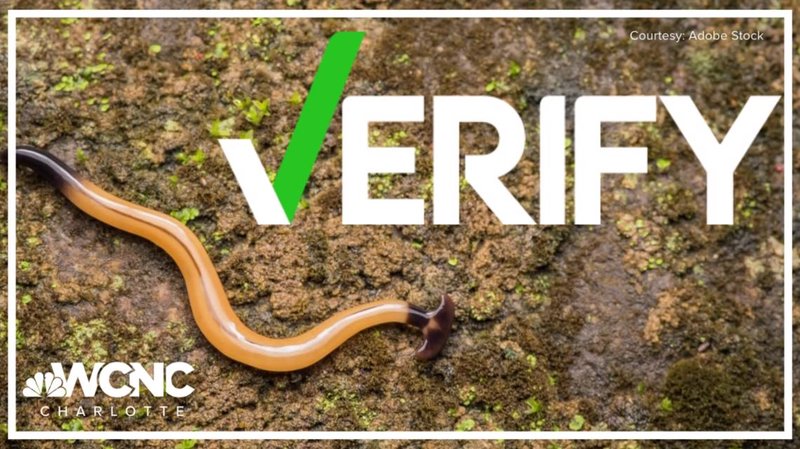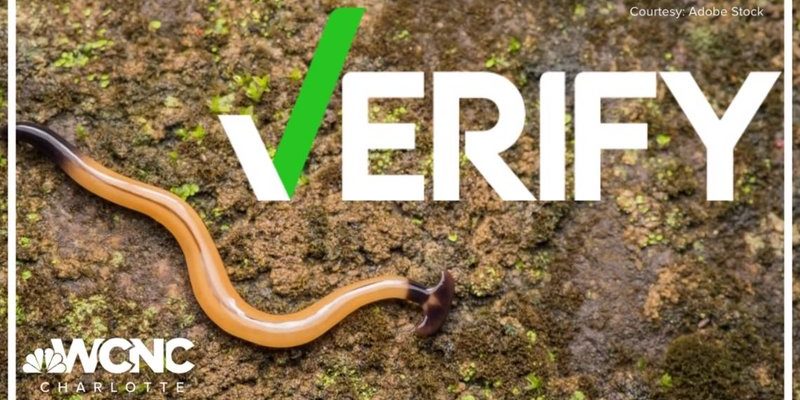
Imagine biting into your favorite dessert, only to have it magically reappear after a few moments. That’s kind of what happens with hammerhead worms—they can regrow parts of their bodies with surprising ease. Their regeneration capabilities have intrigued scientists and nature lovers alike. Let’s break down what makes these worms so special and what you need to know about their regenerative abilities.
What Are Hammerhead Worms?
Hammerhead worms, belonging to the genus *Bipalium*, are a type of flatworm. They’re often recognized by their unique, flattened bodies and distinct, wide heads that resemble a hammer. These worms can vary in color, often appearing in shades of brown, gray, or even vibrant hues like yellow or orange.
These creatures primarily inhabit moist, tropical environments, often found in soil or under leaf litter. Unlike many of their flatworm cousins, hammerhead worms are carnivorous. They prey on other small invertebrates, making them quite interesting from an ecological standpoint. They can grow to impressive lengths—some reaching over a foot! It’s hard not to be curious about their life cycle and how they manage to survive and thrive in their surroundings.
The Science of Regeneration
You might be wondering, “How does regeneration work anyway?” To put it simply, regeneration is the process through which an organism can regrow lost or damaged parts. In the case of hammerhead worms, this process is both fascinating and complex. When these worms are cut, they have the unique ability to heal themselves swiftly.
Inside their bodies, they have special stem cells called neoblasts. These cells are like little repairmen, ready to jump into action when needed. When a hammerhead worm is cut into pieces, neoblasts immediately start working to regenerate the lost tissue, helping the worm regrow its head, tail, or even entire segments. This ability to regenerate makes them a subject of study for scientists exploring potential medical advancements.
How Much Can They Regenerate?
So, just how much can a hammerhead worm regenerate? The answer may surprise you. If cut into several pieces, each segment can potentially grow into a new worm! That means a single hammerhead worm can become multiple worms after a little surgical intervention—talk about a party trick!
However, not every piece will grow into a fully functional worm. For successful regeneration, each piece needs to contain a part of the vital organs and tissue. Generally, being cut in half is the sweet spot for survival. Each half can regenerate what it lost, leading to two new hammerhead worms. It’s almost like a science experiment gone right!
Why Is Regeneration Important for Hammerhead Worms?
Regeneration plays a crucial role in the survival of hammerhead worms. In the wild, these creatures face various threats, including predators and environmental changes. Being able to regenerate after an injury increases their chances of survival. If a bird snatches one up and only takes a portion, that worm can potentially escape and regrow. It’s nature’s way of ensuring that these worms continue to thrive in their habitats.
Additionally, regeneration can help hammerhead worms recover from damage caused by environmental factors. For instance, if their habitat becomes dry or inhospitable, the ability to regrow can be vital. They can adapt to their surroundings and regain strength, which is essential for their survival in fluctuating ecosystems.
Are Hammerhead Worms Dangerous?
Now, let’s address a common question: are these remarkable worms dangerous? While hammerhead worms can seem a bit creepy with their size and predatory nature, they pose little threat to humans. They primarily consume small invertebrates and are not venomous. So, you don’t need to worry about running into one while gardening.
However, caution is always a good idea. They secrete a mild toxin that can irritate skin if handled directly. It’s best to admire these creatures from a distance or use gloves if you ever encounter one. Stay safe, and you’ll enjoy observing their unique behaviors!
Common Misconceptions
There are several misconceptions surrounding hammerhead worms. One common myth is that they can grow back anything, anytime. While they can regenerate remarkably well, they can’t regrow body parts indefinitely. For example, if they lose a significant portion of their central nervous system or vital organs, survival becomes challenging.
Another myth suggests that they can regenerate head and tail segments at will. In reality, regeneration is a complex process that relies heavily on the worm’s physical condition and environmental factors. So, while they are regenerative superheroes in their own right, they have their limitations.
Studying Regeneration in Science
The study of hammerhead worms and their regenerative abilities has captured the attention of scientists globally. Researchers are fascinated by how these creatures can regrow body parts and how this knowledge can be applied in medicine. Understanding their regenerative processes can lead to significant advancements in human medicine, including wound healing and tissue regeneration therapies.
Here’s the thing: studying these worms might help scientists unlock the secrets of regenerative medicine. So, in a way, those hammerhead worms are doing more than just surviving—they’re paving the way for future medical breakthroughs!
Future Implications of Hammerhead Worm Research
As research continues on these remarkable creatures, we may see exciting developments in how we approach healing in humans. The insights gained from hammerhead worm regeneration could influence everything from treating injuries to understanding diseases that affect tissue growth.
The potential for advancements in fields like regenerative medicine and bioengineering is immense. Let’s keep an eye on these little wonders—they might just hold the key to the future of medicine!
In conclusion, hammerhead worms are not just peculiar-looking creatures; they are nature’s champions of regeneration. With their ability to regrow lost body parts, they provide a glimpse into the miraculous world of biology and regeneration. Understanding how they regenerate can lead to fascinating discoveries that extend far beyond the worm itself.
So next time you think about regeneration or marvel at the wonders of nature, remember our friends, the hammerhead worms. They might be slimy, a bit strange, but they are absolutely extraordinary. Whether you’re a nature lover or simply curious about the natural world, there’s no denying that these worms are worth knowing about!

